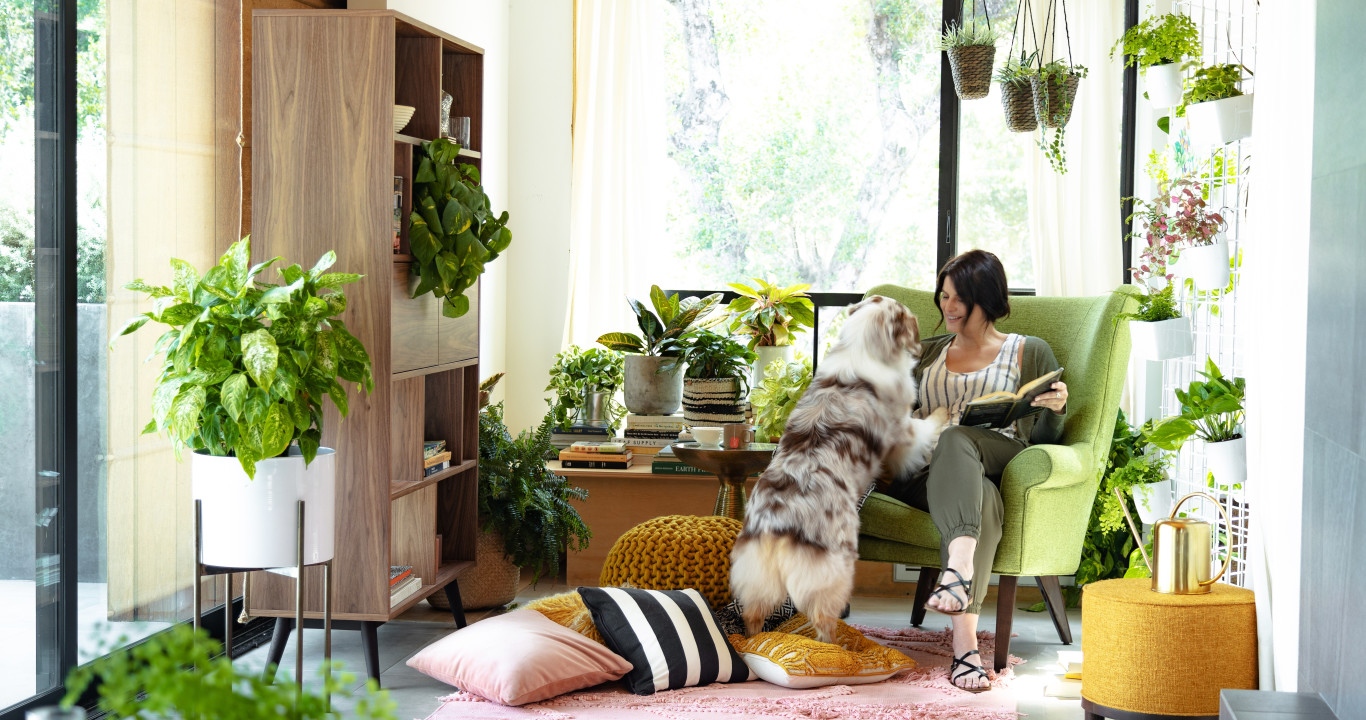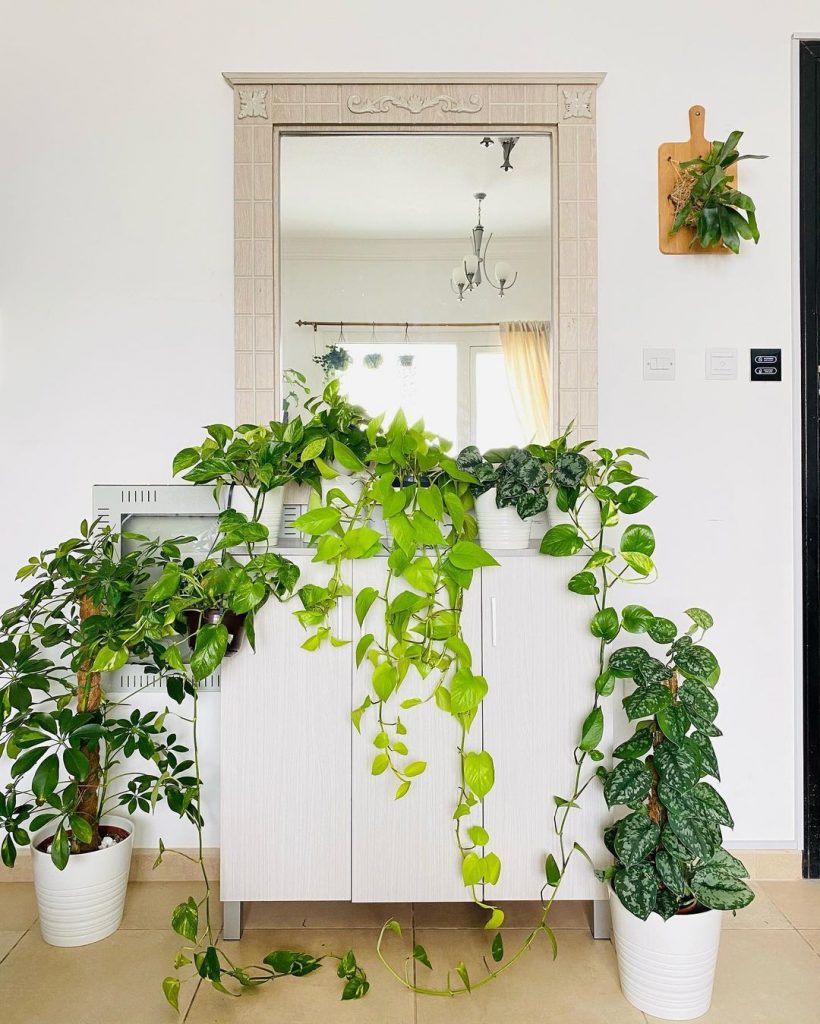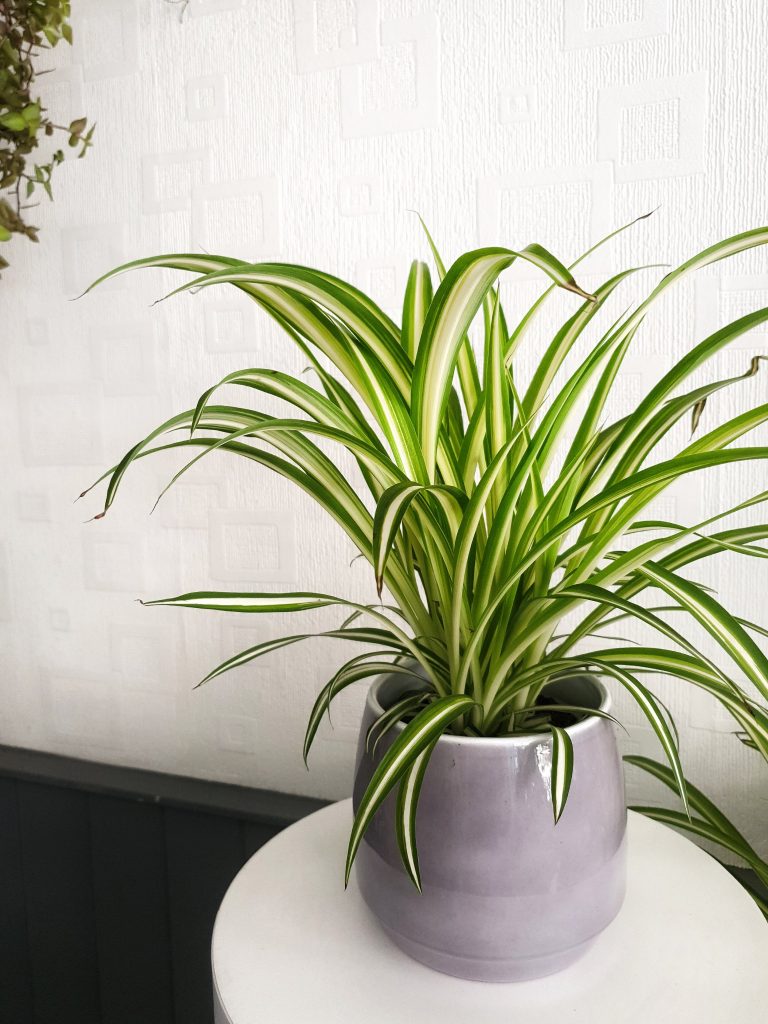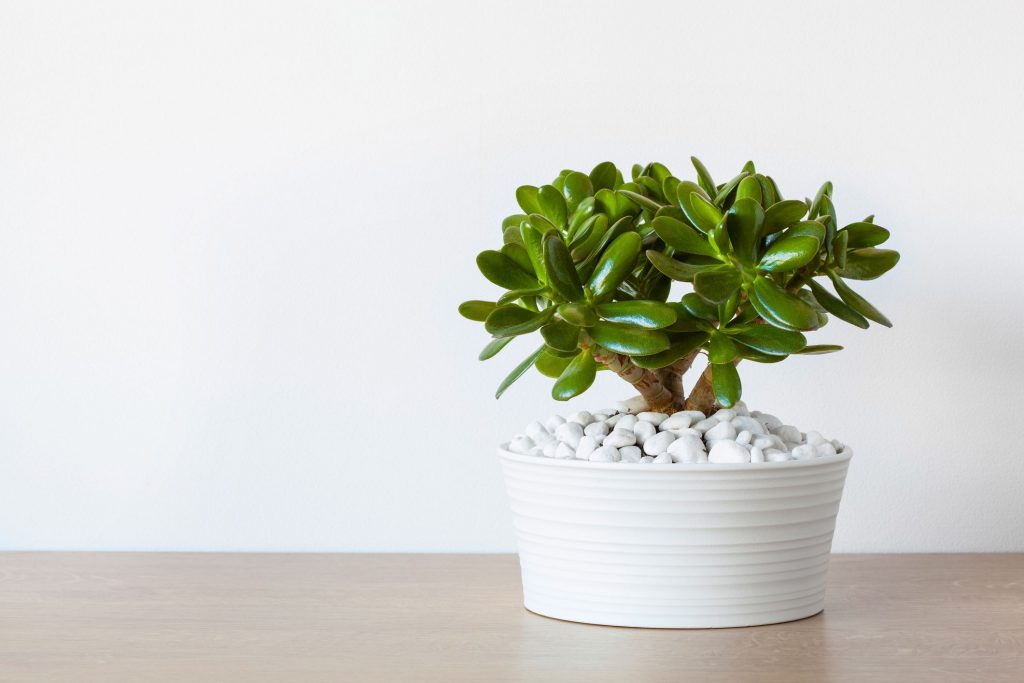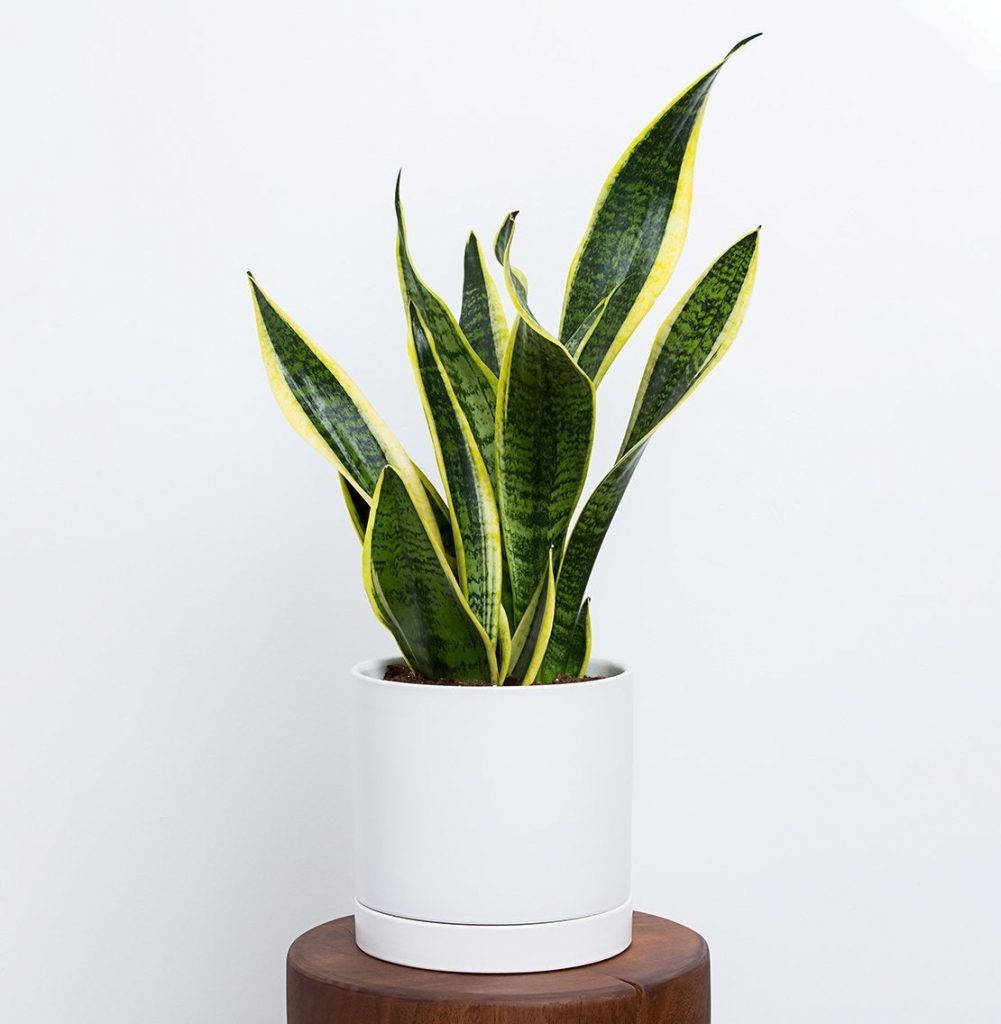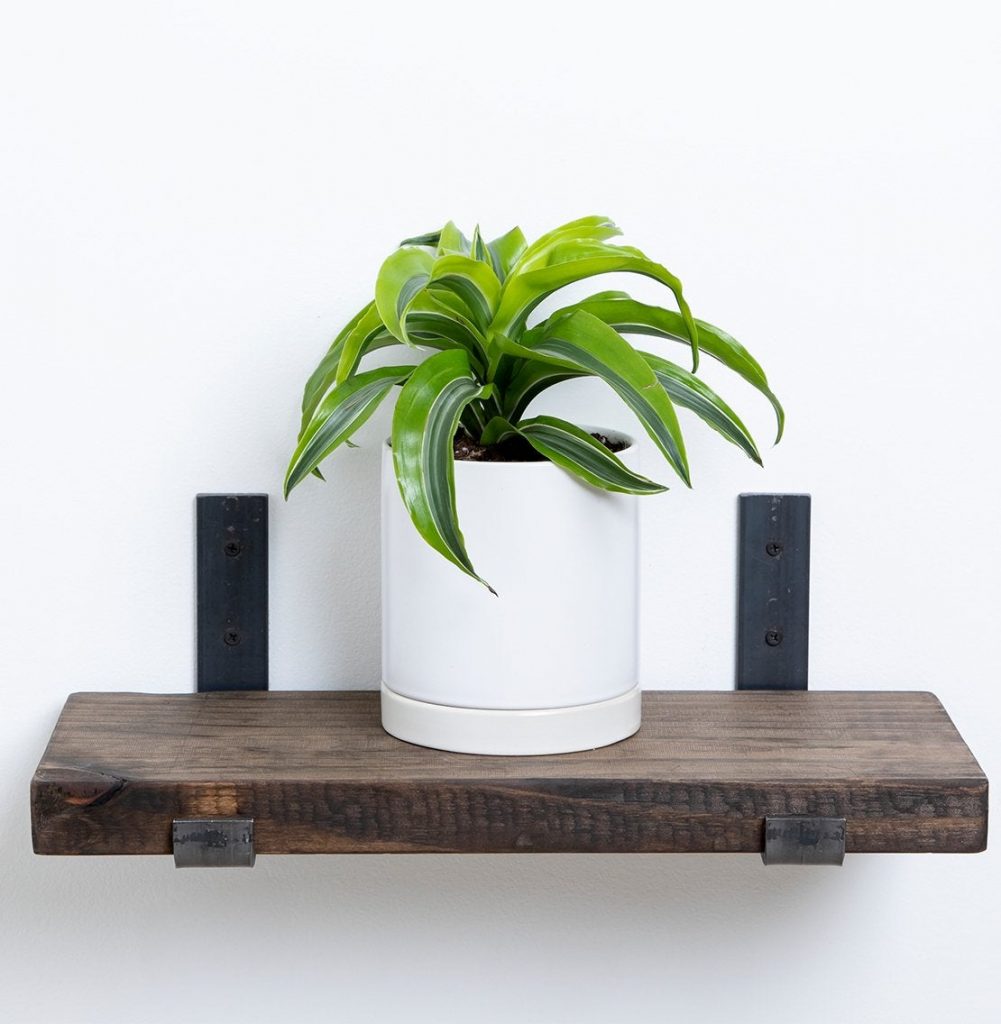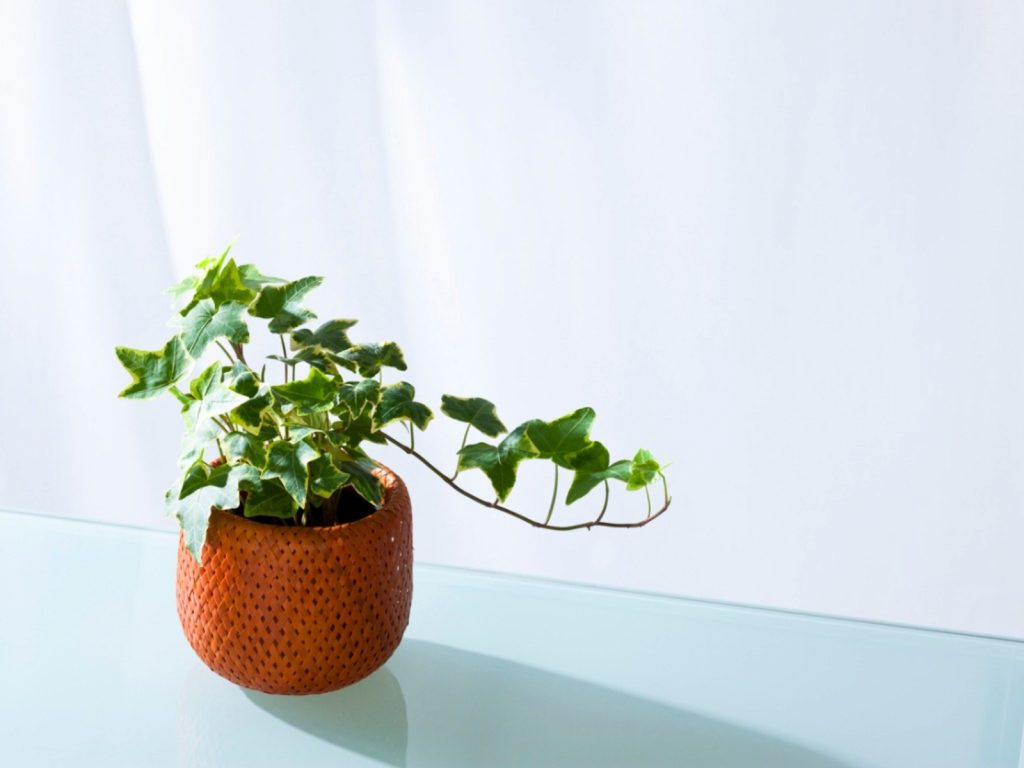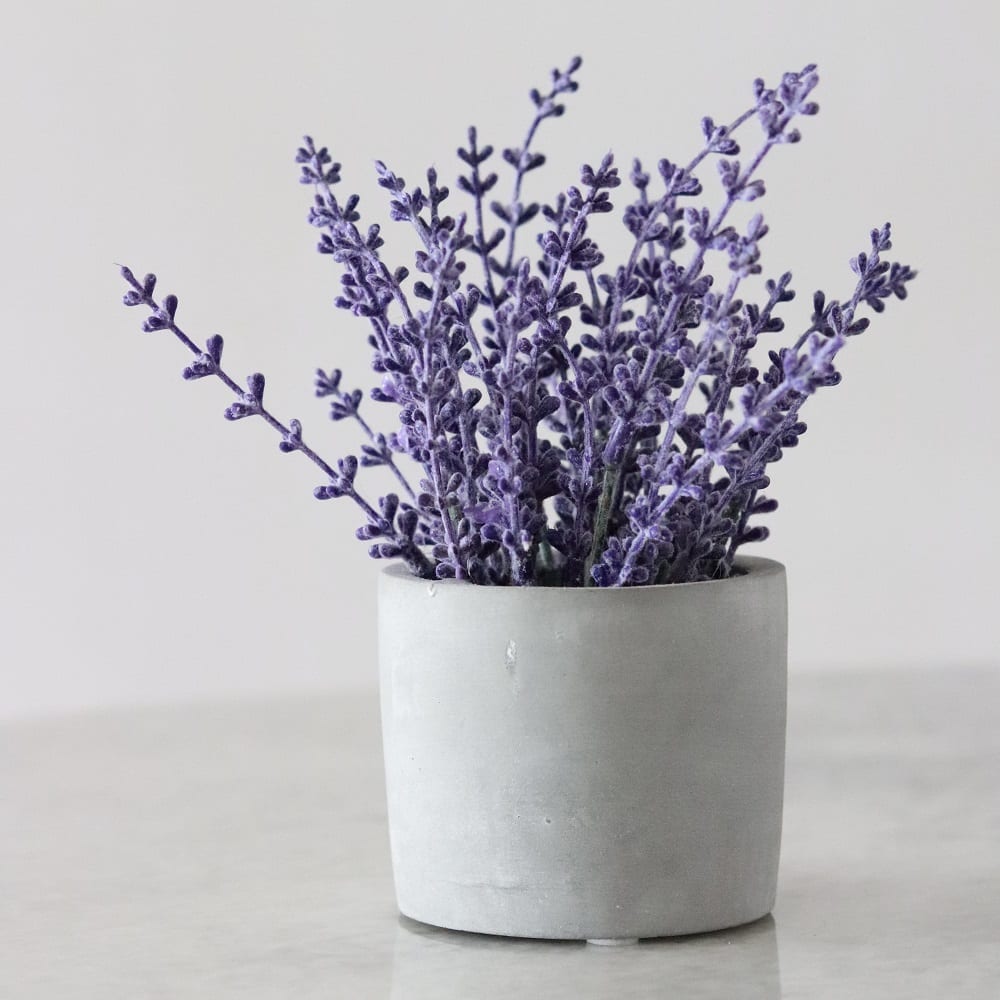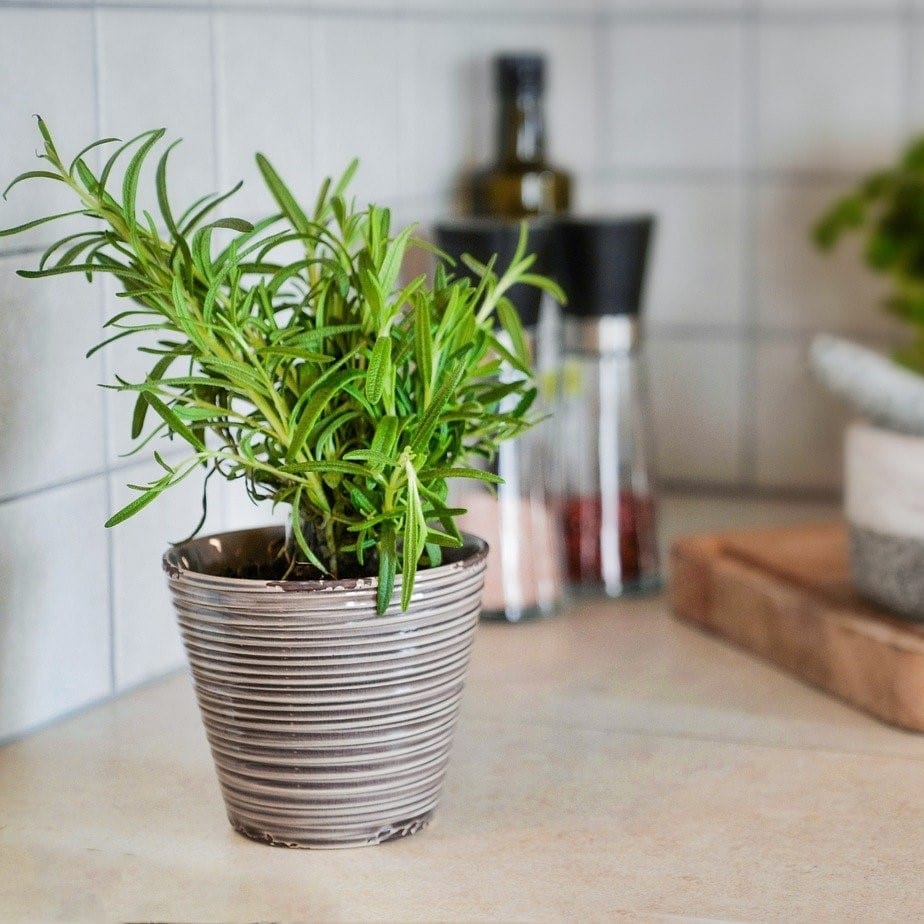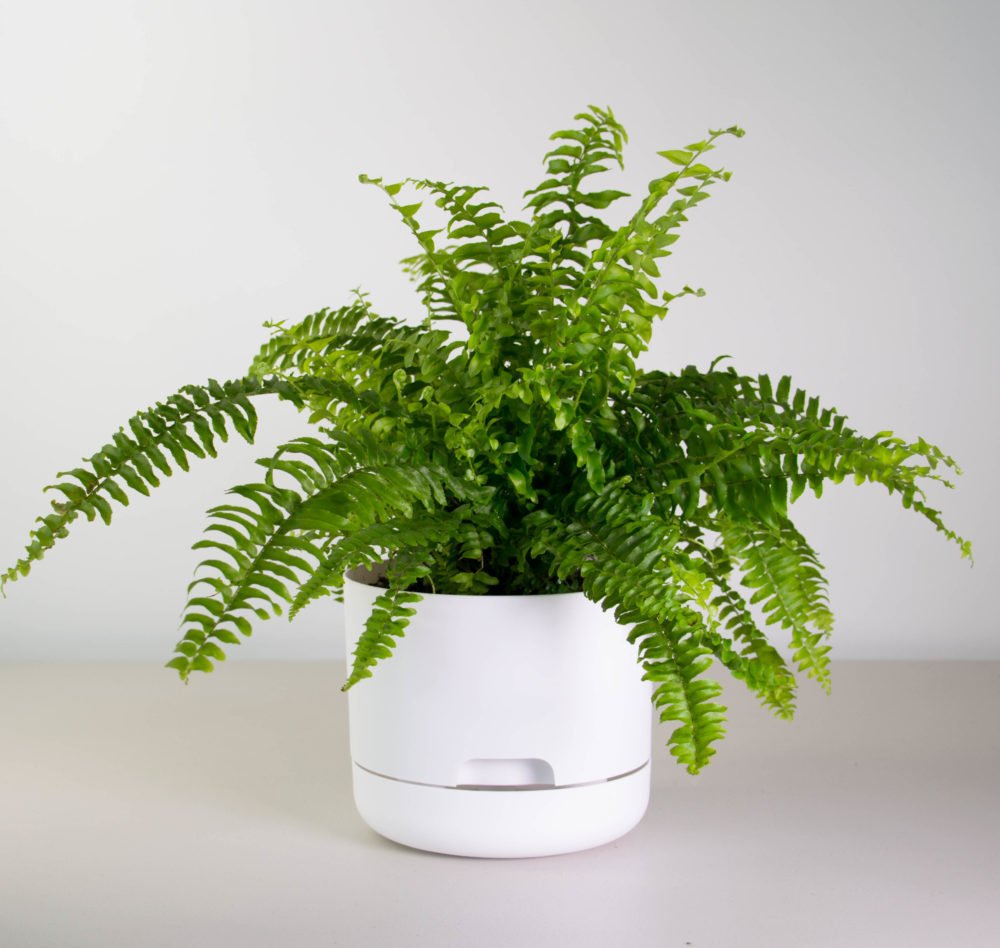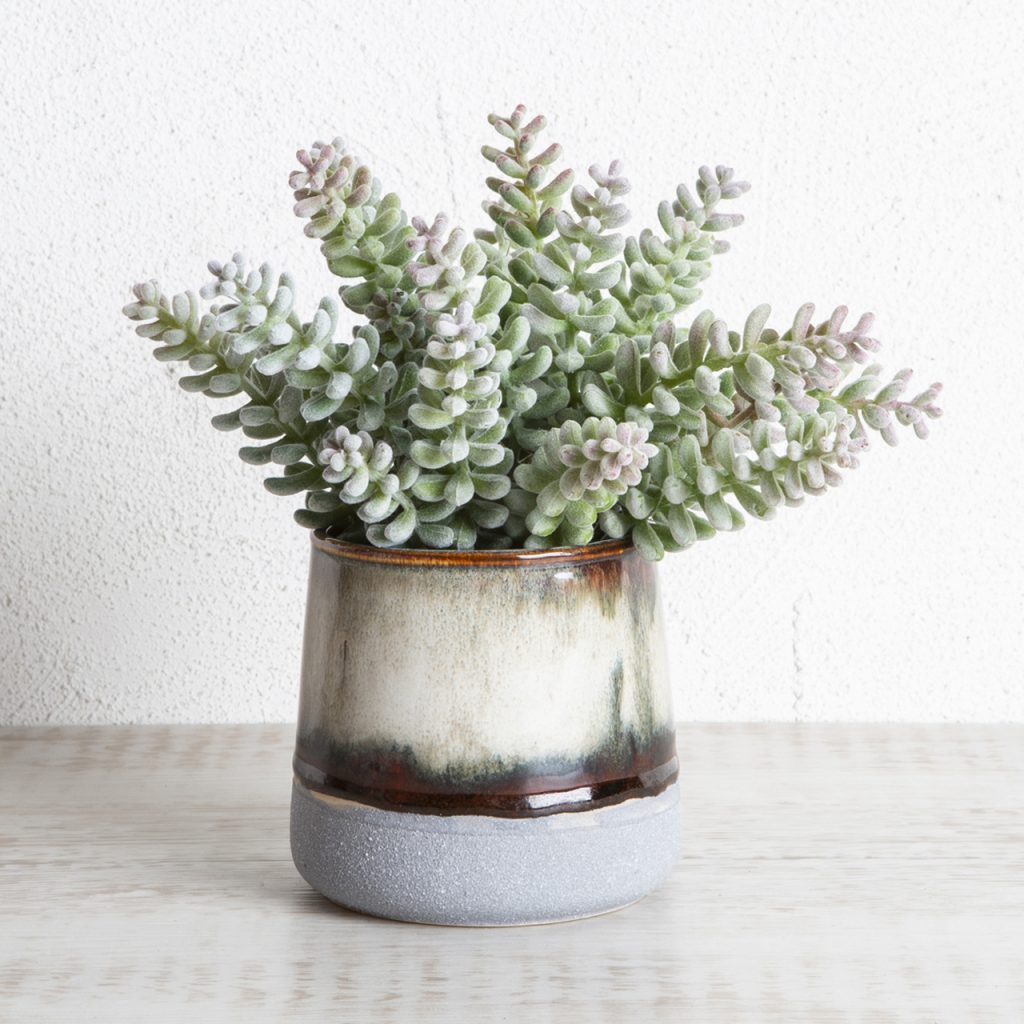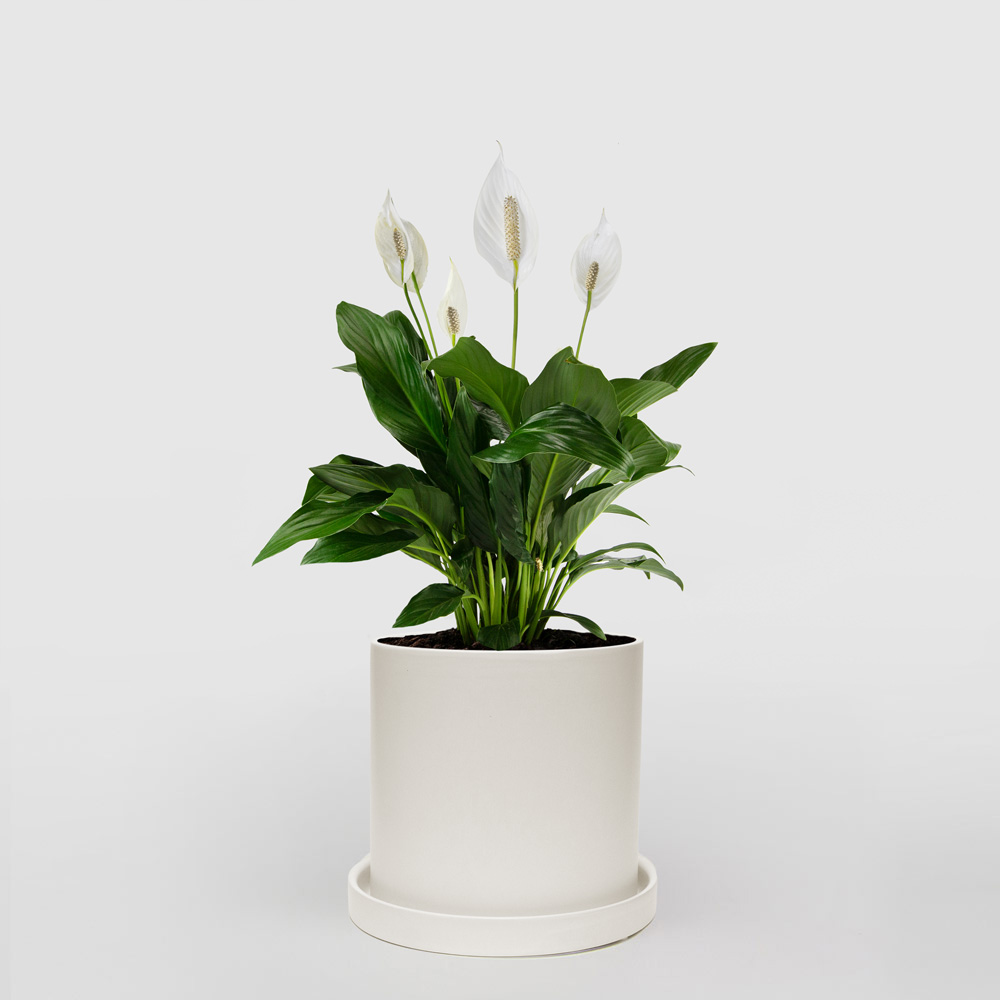Houseplants for Home
Houseplants aren’t just for people with a green thumb!
If you’re someone who loves nature, the outdoors, or just wants a little bit of ‘life’ inside your home, then the answer lies in decorating with plants. One of the biggest reasons most people avoid adding houseplants is that they believe they are tough to maintain. However, many houseplants require low maintenance, and in turn, provide a host of benefits. Houseplants are also very pretty and add to the aesthetics of your home.
If you’re wondering how to choose the exterior color of a house or looking for tips for choosing the exterior color of a house, go with any neutral color that will complement your houseplants!
Read also – 11 Best Home Decorating Ideas
5 Benefits of Keeping Houseplants Inside Your Home
Other than making for pretty corners, indoor plants provide many benefits. Here’s a look at the top 5 benefits.
1. Mood Improvement:
Find some of the best indoor plants, not just to decorate your home but also to improve your mood! Indoor plants also double up as air plants and help purify the air, which helps keep one’s mood stable. Plants like the monstera, sansevieria, Chinese evergreen, and philodendron are easy to care for and great for boosting endorphins.
2. Reduce Fatigue & Stress:
In addition to mood improvement, did you know that an indoor garden can help you reduce stress and fatigue? Find some stress-busting plants on Etsy or Amazon, and place them on the sill for best results.
3. Improve Focus & Performance:
Plants like aloe vera, lemongrass, and rosemary are known to help people improve their focus. They can keep their surroundings healthy and fresh, and in turn, help people concentrate better.
4. Improve Aesthetics:
The presence of green leaves in your home is enough to boost its overall aesthetic. Try keeping plants on your windowsill, or add to the greenery in your balcony by adding small houseplants like a rubber tree, prayer plant, a fiddle-leaf fig, ficus, or hoya. Indoor trees and indoor plants add to the overall bloom scape and give your home a beautiful, welcoming vibe.
5. Boost Healing:
Spider plants, aloe vera, and Ashwagandha are some plants that promote healing. If you’re looking for dual benefits of cleansing both your internal and external self, go for indoor plants with healing properties.
Read also – 10 Best Home Garden Ideas To Enhance The Beauty
15 Easy and Healthy Houseplants To Grow in Your Home:
1. Pothos Plants
If you’re looking to bring home a plant with which you can reap the maximum benefits at the lowest effort, then Pothos is your answer. Whether you have a small apartment or a large home, whether or not you get copious amounts of sunlight, the Pothos will be perfectly fine with the little maintenance you can give it.
While it’s best to keep it next to a window where it can receive some natural light, the plant tends to vine upwards, so make sure you place it accordingly. The pothos plant comes in several color variations and is known for reducing pollutants in the air like xylene, formaldehyde, and toluene.
Read also – 10 Ways To Create Eco-friendly Interior Design
Image Credit: mydomaine.com
2. Spider Plant
Popularly found in many homes, the spider plant is one of the best plants to keep or give to someone who isn’t very good at maintaining their plants. While these plants enjoy sunlight, they’re not a huge fan of receiving it directly. The only thing to be maintained is their potting – which needs to be changed every few years. The spider plant is excellent for its dehumidifying and anti-air pollutant qualities.
Read also – 50 Fabulous Patio Design Ideas
Image Credit: lady-penelopes.co.uk
3. Jade Plant
Many people prefer housing the jade plant indoors as a succulent and shiny plant. The plant’s rubbery leaves are a testament to its water retention capabilities. The best way to avoid over-watering the jade is by leaving its soil out to dry. These plants benefit by adding humidity to the air around them and therefore are preferred by those that live in cooler, or colder and drier climates.
Read also – 10 Ways to Turn Your Home from Toxic to Eco-friendly
Image Credit: mydomaine.com
4. Aloe Vera
The aloe vera plant has several benefits, especially when cultivated and kept indoors, very well known for its healing properties. The aloe plant can absorb nasty air pollutants. The plant’s gel contains anti-bacterial and anti-inflammatory properties, making it excellent for first aid around the home. The plant needs very little water to grow and removes formaldehyde from the air.
Read also – Best Balcony Design Ideas
Image Credit: westelm.com
5. Snake Plant
Trending all over the internet, the snake plant is extremely low-maintenance and perfect for those that love plants but hate taking care of them. The snake plant tends to grow to a height of 10 feet and can live in both direct bright light and low lighting conditions.
One of the best parts of owning the snake plant? It needs less water to thrive. The snake plant is also known to filter harmful pollutants from the air, including formaldehyde, toluene, and benzene.
Read also – 9 Best Sustainable Architecture Design Ideas
Image Credit: shopgreendigs.com
6. Dracaena
Known as an excellent ‘first-timer’ plant, give the dracaena to someone who’s just moved into their new home! The dracaena plant is excellent for newbies, the dracaena plant makes for an awesome plant buddy and adapts quickly to its surroundings, including varying light conditions.
This plant is great for those that don’t have too much access to sunlight in their homes, as it doesn’t like being exposed to direct sunlight.
Read also – 11 Amazing Home Decor Trends
Image Credit: shopgreendigs.com
7. English Ivy
Think your home suffers from a bad case of mold? Here’s a quick fix – bring in some fresh English ivy! The English ivy plant is known to free up mold particles in the air around it and help keep allergies at bay. This is why many people also prefer to keep this plant in their bedrooms, especially if they suffer from lung or breathing issues such as asthma.
The plant helps people get a restful night’s sleep, making for a wonderful gift. However, the downside to owning the English ivy is knowing that it is poisonous in nature and, therefore, needs to be kept away from the reach of kids or pets. This plant grows best under fluorescent light, so it’s fine if it doesn’t have access to direct sunlight.
Read also – 35 Best Spring Decor Ideas
Image Credit: gardeningknowhow.com
8. Lavender
Love lavender flowers? Want the gentle aroma of fresh lavenders wafting through your home? The lavender plant is easy to maintain indoors and is best known for its wonderful smell and pleasant appearance. It also helps keep stress and anxieties at bay and makes spa products, including creams, candles, bath salts, and soaps.
The best place to put this plant in your home is in the bedroom, so you are constantly awakened by the fresh smell of its beauty, especially if you’re feeling restless, anxious, or nervous. Know someone who can use calming elements in their home? Gift them lavender!
Read also – 10 Best Front and Back Porch Design Ideas
Image Credit: breathinggarden.com
9. Rosemary
The Rosemary plant has several functions – from improving concentration, focus, memory, and attentiveness to being used as a condiment in food or as part of essential oils. This is a great plant to grow indoors. If a mental boost is something you’re looking for, then get a small rosemary plant and keep it in your study or office.
This plant thrives under direct sunlight, so keep it somewhere bright. While it needs to be adequately watered during the warmer months, it needs less water during cold months. To maximize its benefits, a little maintenance is required to trim its flowers now and then.
Read also – Top Summer Interior Design Trends
Image Credit: breathinggarden.com
10. Boston Fern
As a natural humidifier, the Boston Fern is an ideal plant for your home. Known to purify the air around them, they are also great for dry skin. If you constantly have the air conditioner on, this fern is a great plant to have, especially within spaces that have a comfortable temperature with 50-80% humidity. While indirect sunlight is required to grow the plant, ensure that its soil remains moist.
Read also – 9 Best Free Landscape Design Software Tools
Image Credit: plantandpot.nz
11. Succulents
Requiring basic care, succulents can be found offline and online and are great for your home or office space. These succulents can thrive with little care and little water, even without much maintenance. Prune them from time to time, and you’re good to go!
Read also – 20 Essential Things for A Master Bedroom
Image Credit: pillowtalk.com.au
12. Peace Lily
A beautiful plant, the Peace Lily is also powerful when it comes to removing harmful contaminants from the air around your home. This houseplant is well-known for its ability to absorb benzene, ammonia, formaldehyde, etc., from your home.
Peace lilies blossom into lovely white flowers and give off a floral whiff. However, if you suffer from pollen allergies, we advise staying away from this plant. They make an excellent addition to a person’s home and can be used to decorate an entryway or even the dining table.
Read also – Best Terrace Design Ideas
Image Credit: naturescolours.com.au
13. ZZ Plant
If you’re looking for small, aesthetic plants that require less water and care but at the same time spruce up your home, the ZZ plant is another great plant to get. If you’re someone that tends to neglect their plants (forgets to water them), then this plant will make a great addition to your interior space.
It requires less light, making it perfect for apartments and homes that don’t receive much direct sunlight.
Read also – Sustainable and Holistic Interior Design
Image Credit: shopgreendigs.com
14. Juniper Bonsai
Love minimal spaces? Then you’ll love the juniper bonsai. A wonderful plant, this also makes for a great gift and looks wonderful, especially in an office or study space. You can easily get the juniper bonsai online as well.
Image Credit: poppiesplantofjoy.com
15. String of Pearls
Want dewy lengthy strings of leaves adorning your interior space? Get these strings of pearl plants! When placed under sources of indirect light, these plants tend to grow fast and long. Ensure that the soil remains moist and you’re good to go. A great way to do up your space is by keeping these plants in hanging baskets/ pots so their strings cascade down, creating a beautiful ripple effect.
Read also – Why Landscape Architecture Is Important?
Image Credit: plantandpot.nz
Easiest Houseplants for your Home
Whether you’re part of a pool of gardening beginners or a seasoned gardener, this list contains some of the easiest houseplants to add to your home to build up not just its overall aesthetic but also boost your mood.
With these easy-care, low-maintenance plants, you no longer need to bother about factors such as low humidity, potting soil, waxy leaves, or understand whether a plant is drought-tolerant. Are you looking for a sign to become a plant parent? This is it!
Looking for more information on indoor plants, interior decor, colors, furniture, and design trends and insights? Sign up to community.foyr.com
Frequently Asked Questions
1. How do I color coordinate my house exterior?
To coordinate your house’s exterior, choose from primary and secondary colors. Try to respect the color scheme used by the entire neighborhood and match the colors of your doors, window treatments, and shutters to bring about uniformity.
2. How do I choose the right color combination for my house?
Generally, the rule of thumb is to use three colors. While many homeowners tend to go with neutral or monochromatic shades, you can choose the right combination with three colors on the color wheel if you’re looking for something quirky and different.
3. What are good colors for a ranch-style house?
Ranch colors range from neutral shades of browns and greys to greens and beiges. Many ranch homes also add facades made of natural stone, while their front doors, roofs, garages, etc. fall under a brown color scheme.
4. What are colonial house colors?
If you’re wondering how to choose the exterior color of a house based on architectural style or colonial style, go for whites, creams, yellows, taupes, beiges, and muted greens.









